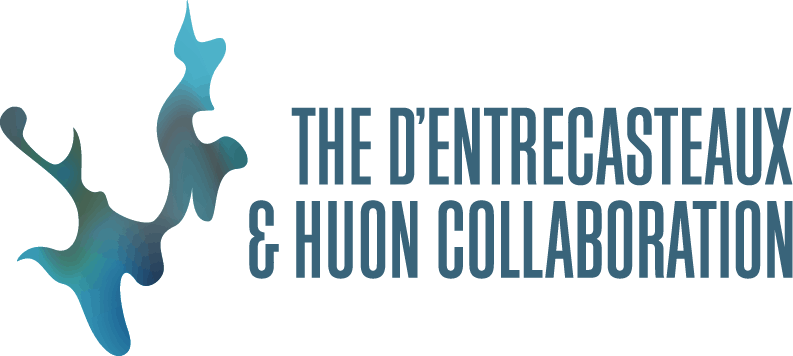There are two key factors that determine the condition of our waterway. These are:
- Climatically driven change, and
- Local activities
The D’Entrecasteaux and lower Huon estuary are a hot-spot for climatically driven change. Oceanic studies suggest that the inflows of cold, nutrient-rich Antarctic waters into the waterway are gradually being replaced with oceanic inflows of warm, nutrient poor waters of the Australian Eastern Current. This is consistent with more warm water species being found in our waterway. Locally, conditions are expected to become warmer with more severe rainfall events. In combination, this means the future marine environment of the waterway is likely to be warmer, with more variable catchment inflows of freshwater and nutrients. Sea level rise also has some significant implications for soft, low-lying foreshores around the waterway coastline.
These changes will bring new opportunities and new challenges. Supporting a stable marine environment gives the waterway’s traditional species and habitats the best possible opportunity to transition. Information relevant to some industries active in and around the waterway can be found on these fact sheets:
We do not yet have a sense of which waterway environments can truly be conserved. We do know that local human behaviour is a critical tool for looking after the waterway.
One of the easiest things we can do at a personal level of management is simply to register unusual catches or sea creatures with Redmap. This information helps us to know if modelled changes in oceanic currents make sense or not, and this will help us understand what long term changes are happening that we may need to expect and adapt to.

